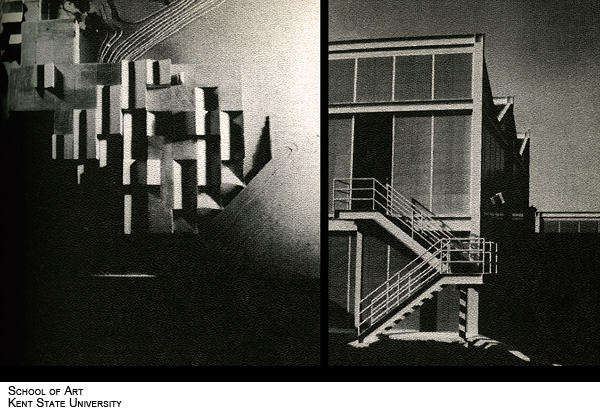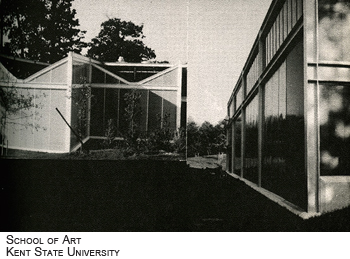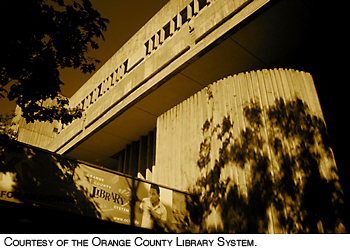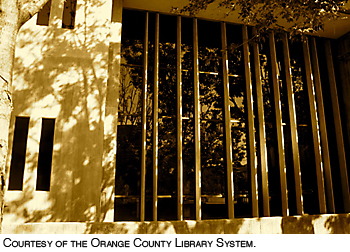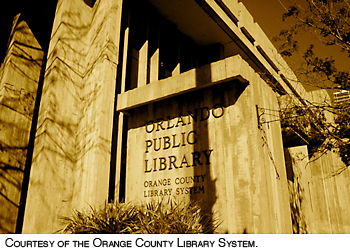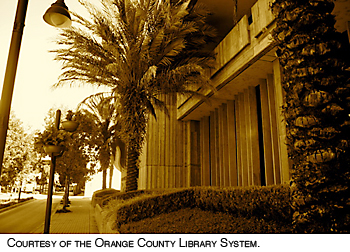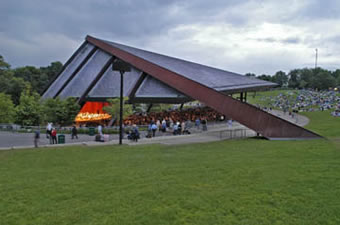Richard M. Gensert,
1969 SPECIAL CITATION FOR DISTINGUISHED SERVICE TO THE ARTS
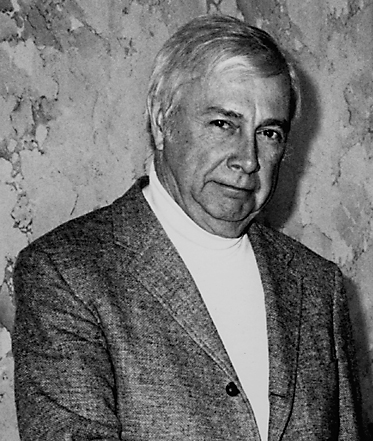 Many people shared in the glory of Blossom Music Center
when it opened in the summer of 1968: maestro George Szell and the
Cleveland Orchestra and Chorus, who christened the marvelous facility
with Beethoven’s Consecration of the House Overture and a
thrilling performance of the Ninth Symphony; the Musical Arts
Association, which had commissioned and seen this ambitious project
through to completion; the Dudley S. Blossom family, longtime
supporters of the orchestra, who had footed a significant part of the
$8 million bill; architect Peter van Dijk, for his breathtaking
conception; and acoustician Christopher Jaffe, whose expert input
secured the facility’s magnificent sound.
Many people shared in the glory of Blossom Music Center
when it opened in the summer of 1968: maestro George Szell and the
Cleveland Orchestra and Chorus, who christened the marvelous facility
with Beethoven’s Consecration of the House Overture and a
thrilling performance of the Ninth Symphony; the Musical Arts
Association, which had commissioned and seen this ambitious project
through to completion; the Dudley S. Blossom family, longtime
supporters of the orchestra, who had footed a significant part of the
$8 million bill; architect Peter van Dijk, for his breathtaking
conception; and acoustician Christopher Jaffe, whose expert input
secured the facility’s magnificent sound.
But none of it would finally have been possible without the brilliant contributions of a structural engineer named Richard M. Gensert. Forty years later, van Dijk cannot say enough about the innovative, often highly imaginative solutions Gensert devised to meet a plethora of daunting challenges—making possible the creation of something wonderful and unexpected that still stuns and delights the audience arriving with their blankets and picnic baskets.
Previous outdoor orchestra concert venues around the U.S. had been conceived as little more than shelters from the sun and rain, with flat roofs, says van Dijk. Szell and his board wanted something that had never been done before: a facility that would allow those inside to enjoy its spectacular setting in Cuyahoga Valley National Park between Cleveland and Akron. (The natural “bowl” in which the pavilion was to sit would give those on the sloping lawn—as Chicago’s Ravinia did not—a view of the stage.) In fact, those seated in the hall itself should have an unobstructed view of the musicians, which ruled out interior pillars—a concession to structural stability even Tanglewood had not escaped. These requirements, alas, appeared incompatible with Szell’s insistence that the acoustics of the “music shed” be ideally tailored to unamplified classical music
Van Dijk wishes he still had “the martini-stained napkins” on which he excitedly sketched out ideas on the reconnaissance trips he, Jaffe and orchestra manager Beverly Barksdale made to these and other summer concert facilities. A wide fan-shaped seating plan would allow no seat in the Blossom pavilion to be more than so many feet from the stage. Achieving acceptable acoustics, Jaffe warned, required 600 cubic feet of space in the hall per audience member. Where the typical concert hall was concerned, that was two or three thousand people at most; Blossom would need to accommodate as many as 6,000. That meant they were looking at a pretty enormous structure. The majestic, soaring roof the 36-year-old architect envisioned (the shingles needed to cover it filled five box cars) would require an ingenious system of supports, van Dijk admitted, if views of the stage were not to be obstructed.
Blossom seen from two angles: The materials used included 4-inch planks of rough-sawn cedar, which can stand out in the rain, while giving that warm, woody feeling to the pavilion; non-absorbent materials that allow musical notes to reverberate for two seconds; a concrete floor; and lots of unpainted Cor-Ten (“weathering”) steel, then still a recent invention used primarily for railroad trestles, because as it rusts it forms a protective crust, like bark on a tree, that prevents further rusting and only improves in appearance as it ages.
 Van
Dijk remembers how his heart leapt when Richard Gensert joined the
team. “It wasn’t just looking up stuff in books with him, he had a real
feeling for structure and an appreciation for how the
structural and the aesthetic come together.” The solutions Gensert came
up with, which he and his talented future partner Miklos Pellar worked
through in close collaboration with Jaffe and van Dijk, were both
brilliant and elegant. The massive, one-acre roof necessitated by the
fan layout would be supported by a huge leaning arch that begins and
ends at the pavilion’s far-flung extremities, reaching it s apex over
the stage, while the ceiling is unobtrusively supported, not by
interior pillars or conventional I-beams, but by thirteen long, thin,
hollow (and therefore light) tubular trusses that fan out elegantly
from the arch to a curved lintel beam that in turn rests on six thin
columns behind the last row of seats. The weight of the arch itself is
borne by ten support columns placed on the outside of the weight-bearing wall at the stage-end of the building. The wall also hides all the merely functional facilities.
Van
Dijk remembers how his heart leapt when Richard Gensert joined the
team. “It wasn’t just looking up stuff in books with him, he had a real
feeling for structure and an appreciation for how the
structural and the aesthetic come together.” The solutions Gensert came
up with, which he and his talented future partner Miklos Pellar worked
through in close collaboration with Jaffe and van Dijk, were both
brilliant and elegant. The massive, one-acre roof necessitated by the
fan layout would be supported by a huge leaning arch that begins and
ends at the pavilion’s far-flung extremities, reaching it s apex over
the stage, while the ceiling is unobtrusively supported, not by
interior pillars or conventional I-beams, but by thirteen long, thin,
hollow (and therefore light) tubular trusses that fan out elegantly
from the arch to a curved lintel beam that in turn rests on six thin
columns behind the last row of seats. The weight of the arch itself is
borne by ten support columns placed on the outside of the weight-bearing wall at the stage-end of the building. The wall also hides all the merely functional facilities.
Van Dijk especially appreciated the attention to subtle detail Gensert paid to how the structure was “expressed.” The aforementioned columns, for example, are not “laid flat against the building’s wall as any other engineer would automatically have done,” says van Dijk. “If you notice, they don’t touch the ‘skin’ of the building. This was quite deliberate on our parts. We wanted them to be seen and felt as being there, like flying buttresses, for just one thing: holding up that mighty arch.” Instead of having the columns fabricated in the conventional four-sided form, Gensert and van Dijk decided to have them made in the shape of elongated tetrahedrons in order to provide multiple axes around which the supports could expand or rock if conditions demanded it. Like the soaring arch, the columns are also elegantly tapered. “And all of this,” the architect proudly adds, “was figured out before computers!”
Leaving the covered pavilion open along its sides and at its rear would enable the audience inside to enjoy the fact that they were out in the country—else why not just be sitting in Severance Hall?—while affording those sprawled out under the stars the visual connection to the musicians on stage that is so important to the live concert experience. Limiting that opening to a height of 20 feet allowed the upper walls and high, sharply tilted ceiling to create a large "enclosed" space sufficient to provide the reverberation, that sense of notes lingering in the air, that one finds in a concert hall.
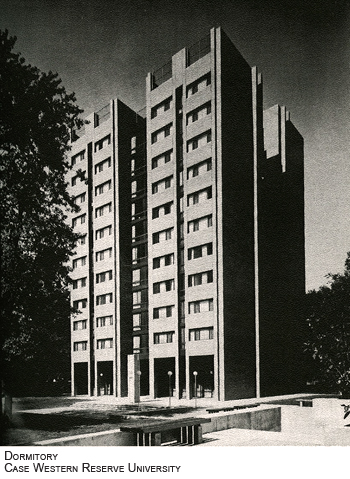 Other
innovations devised by Gensert and his collaborators would provide a
multitude of surfaces for what acoustician Chris Jaffe called
“micro-diffusion” or the bouncing of sound (which in a concert hall is
supplied by chandeliers, niches, moldings and bas-relief sculpture).
Eliminating “warm” spots and “dead” spots to create a more uniform
experience throughout the pavilion, the few walls there are made to
lean inward and the tall sidewalls by the stage deliberately twist as
they rise. A large, four-stage canopy helps to reinforce the sound and
bring it back down to the audience. As the orchestral music
reaches the rear of the pavilion it is augmented, for the audience on
the hillside, by loudspeakers in the eaves at the pavilion’s outer edge
that are set with a split-second delay.
Other
innovations devised by Gensert and his collaborators would provide a
multitude of surfaces for what acoustician Chris Jaffe called
“micro-diffusion” or the bouncing of sound (which in a concert hall is
supplied by chandeliers, niches, moldings and bas-relief sculpture).
Eliminating “warm” spots and “dead” spots to create a more uniform
experience throughout the pavilion, the few walls there are made to
lean inward and the tall sidewalls by the stage deliberately twist as
they rise. A large, four-stage canopy helps to reinforce the sound and
bring it back down to the audience. As the orchestral music
reaches the rear of the pavilion it is augmented, for the audience on
the hillside, by loudspeakers in the eaves at the pavilion’s outer edge
that are set with a split-second delay.
What most pleases van Dijk is the fact that all of these structural features—realized with mostly natural materials that require little maintenance—quietly “work together but never call attention to themselves as functional.” The end result is a facility that recalls what the historian Giorgio Vasari said in 1550 about the Villa Farnese: “Non murato, ma veramente nato." It seemed not to have been built, but born there.
Richard Gensert would go on to solve the problems that stymied the designers of Akron’s E.J. Thomas Performing Arts Hall, making it possible to alter interior size and capacity (and thus accommodate anything from a lecture to a Broadway show) by merely pushing some buttons. Those large dangling cylinders of varying lengths that grace the lobby are actually exquisitely balanced counterweights that allow the ceiling of the auditorium to be raised or lowered with a single motor of modest capacity.
Gensert, who was born in Cleveland, graduated from the Case Institute of Technology’s School of Applied Sciences in 1944 as a civil engineer before joining the Navy. He designed airfields on Okinawa that helped make possible America’s retaking of Japanese-occupied Pacific islands. Gensert earned his master’s in structural engineering at Ohio State University after the war. He taught courses in that subject at Case and was a visiting professor of architecture at Pittsburgh’s Carnegie Mellon University in the late ’70s. Other significant projects around the region on which he worked as head of R.M. Gensert & Associates, the Pittsburgh-based firm he organized in 1953, include Southwest General Health Center in Middleburg Heights, Cleveland State University’s Natatorium, the Canton Football Hall of Fame and the 1958 renovation of Severance Hall.
He was to receive many awards for his unique solutions to difficult structural problems, through such means as the innovative use of reinforced and pre-stressed concrete and engineered masonry. Since 2005 Carnegie Mellon has awarded a $4,000 Richard M. Gensert Memorial Scholarship to a fourth-year architecture student whose design work expresses sensitive consideration of structural issues and their relationship to architecture.
—Dennis Dooley
by Gensert's ingenious solutions to structural challenges they posed.
